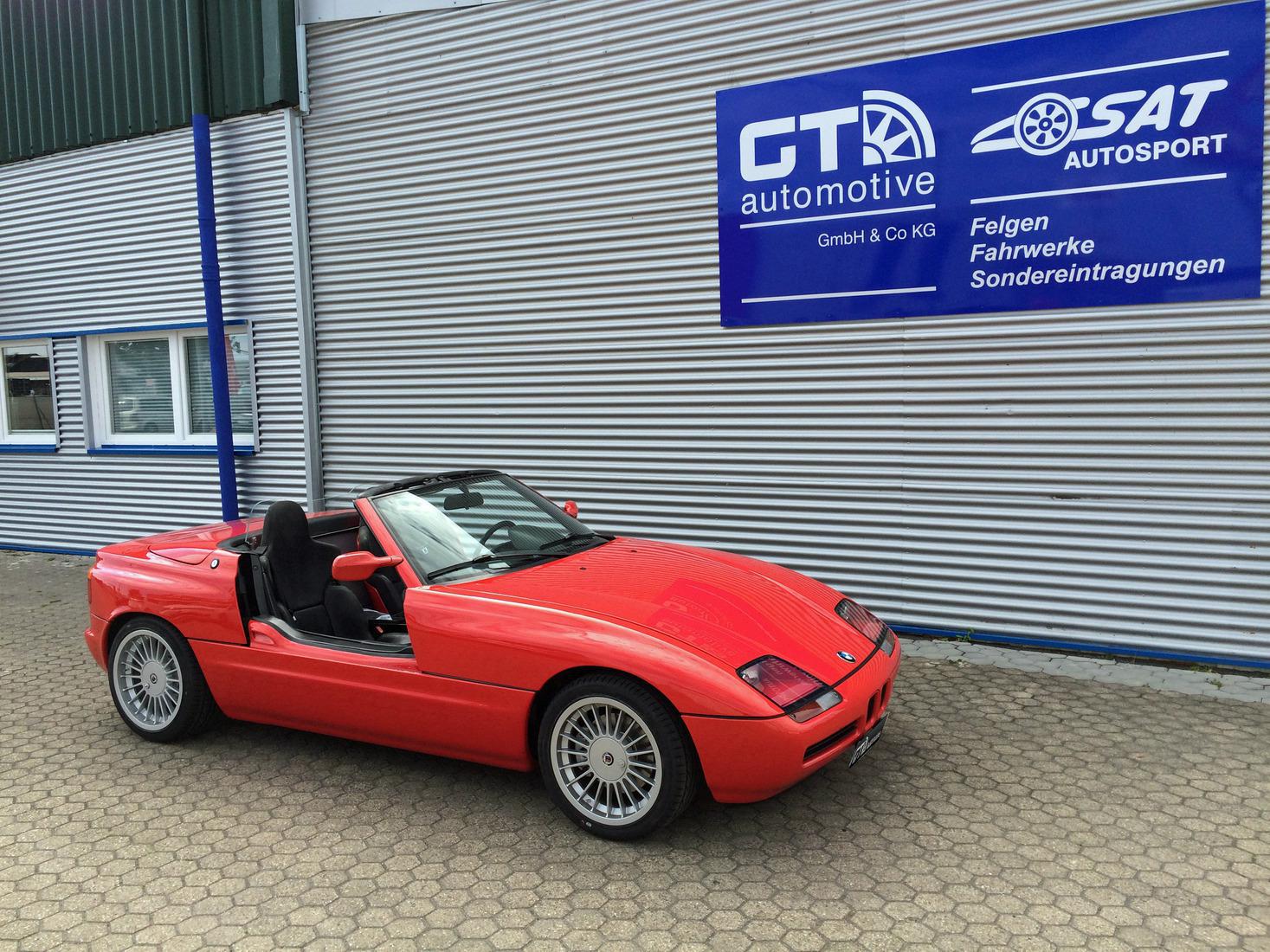Ford Concentrate ST
Car and Driver
Tested: two thousand fifteen Ford Concentrate ST
2015 Ford Concentrate ST
- Jun 2015
- By K.C. COLWELL
- Photography By MICHAEL SIMARI
All-season tires are a North American phenomenon; virtually nowhere else in the world do cars run on a single set of tires year-round when the climate can get cold enough for snow. Instead, drivers in those markets run summer tires when the weather is favorable and switch to winter rubber for the colder months.
In the U.S., however, all Concentrate STs prior to the two thousand fifteen refresh bucked the trend by coming factory-fitted with summer-only rubber, which evidently left a lot of northern buyers miffed about having to fork over a grand or more in late fall so as to not get stuck after a light dusting of white stuff. (While the investment may seem big at the time, running winter tires makes your summer set last longer overall and you’ll have much better grip for turning and braking when the weather turns. That’s our brief pitch on winter tires. Give them a attempt if you haven’t already.) Ford heeded the gripes and determined to suggest an all-season tire as a $30 option for the performance-oriented ST hatchback; this coincided with an update that brought mildly restyled front and rear finishes, minor interior revisions, and upgraded infotainment tech.
Because rubber compounds tend to work best when formulated for a specific temperature range, all-season tires have compromised grip in warm and cold conditions, hence the playful “no-season tire” nickname they’ve earned in some circles. The results of our two grip-centric tests—lateral acceleration and braking—show a dramatic decline in dry grip with the fresh Pirelli P Zero Nero All-Season tires fitted to our test car versus the Goodyear Eagle F1 Asymmetric two summer rubber (both are sized 235/40R-18 all around). Braking from seventy mph to a stop consumes one hundred eighty six feet, about twenty more than other STs we’ve tested, and lateral acceleration dips to 0.87 g, a decrease of about 0.07 g. For perspective on what’s been lost, consider that the Honda Accord Sport betters the ST’s braking by eleven feet and ties it for lateral grip. While the Accord is sporty for a family sedan, most of its sportiness comes by virtue of the “Sport” in its name; the ST should be able to walk all over it.
If all you’re looking to do is go quick in a straight line, the mud-and-snow tires don’t hinder acceleration from the 252-hp turbo four, as the ST returned a zero-to-60 time of 6.Three seconds, as well as a quarter-mile time of 14.9 seconds. Albeit we’ve had 6.3-second STs in the past, 14.9 makes this ST ever so slightly pokier in that measure of the four we’ve evaluated. It’s doubtful the tires are to blame—a tenth of a 2nd is well within the tolerance for production variance. The Volkswagen GTI, with either its manual or dual-clutch automatic transmission, will walk away from the ST, however.
Ford also worked over the rail and treating for 2015, and the results are more profound than what we expected after reading the brief. Most of the work was carried out on the front end, with a stiffer subframe, springs, and bushings. (The rear also got firmer bushings.) A choppy rail was one of our few complaints of the ST when it launched, and Ford’s removal of some play in the front has done wonders. The ’15 car makes use of the firmer springs without the harshness of, say, the Mitsubishi Lancer Evolution or the Mini John Cooper Works.
Ford also revised the electrically assisted steering—which is actuated via a fresh flat-bottom steering wheel that improves ingress and egress—although the effect of this switch is stiffer to pinpoint. Overall, tho’, the car feels more refined. It’s smoother in transitions than before and doesn’t strike you up almost as much. However, the rail is still firmer than the GTI’s, and without driving a ’15 on OE summer rubber, we can’t definitively rule out that the newfound road compliance is due to a potentially softer tire sidewall of the all-season rubber.
Yet we would never go with the one-tire option, as we wouldn’t want to sacrifice grip at both finishes of the thermometer, which is where all the joy happens. Speaking of joy, we’re also but a few months away from another grip-related Concentrate development in the form of the all-wheel-drive Concentrate RS. With a confirmed three hundred forty five horsepower, it has a very strong chance of tipping the spectacle needle in Dearborn’s favor, albeit at a price. And there’s no way we’d run that one on all-seasons, either.
Highs and Lows
Highs:
Better rail, smoother treating than before, fresh steering wheel makes ingress and egress lighter.
Freshly available all-season rubber dampens the joy—enough said.
